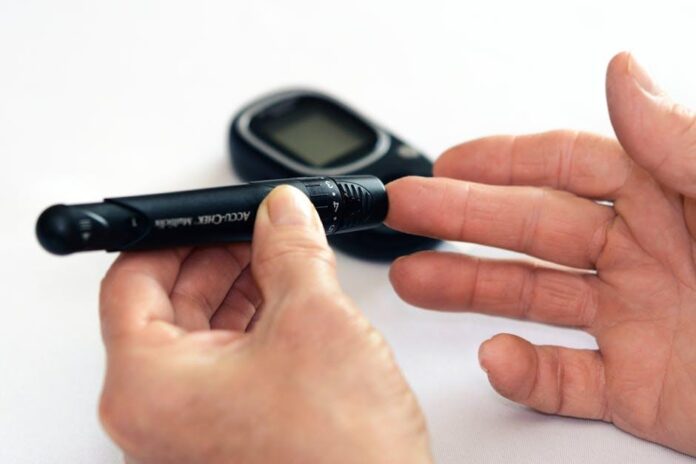
Diabetes is a chronic condition that affects millions of people worldwide. It is characterized by high levels of glucose (sugar) in the blood, which can lead to serious complications if left untreated. Managing diabetes involves a combination of medication, diet, and lifestyle changes. One of the key tools for managing diabetes is a blood glucose monitor, also known as a sugar monitor.
In recent years, there have been significant advancements in the technology used to monitor blood sugar levels. These innovations have made it easier and more convenient for people with diabetes to track their glucose levels and make adjustments as needed. In this article, we will explore the latest innovations in diabetes management, specifically focusing on sugar monitors.
One of the most significant advancements in sugar monitoring technology is the continuous glucose monitor (CGM). Unlike traditional glucose meters that require a fingerstick blood sample, CGMs use a tiny sensor inserted under the skin to continuously measure glucose levels in the interstitial fluid. This data is transmitted wirelessly to a receiver or smartphone app, allowing the user to see real-time glucose readings and trends over time.
CGMs have revolutionized diabetes management by providing a more comprehensive picture of blood sugar levels throughout the day and night. This continuous monitoring helps users identify patterns and trends that may not be apparent with traditional testing methods. CGMs also provide alerts for high or low glucose levels, making it easier to take action before a serious complication occurs.
Another innovation in sugar monitoring technology is the development of non-invasive glucose monitors. These devices use alternative methods, such as infrared light or sweat analysis, to measure glucose levels without the need for a fingerstick blood sample. While non-invasive monitors are still in the early stages of development, they have the potential to make glucose monitoring more convenient and less painful for people with diabetes.
In addition to advancements in monitoring technology, there have been improvements in the integration of sugar monitoring data with other aspects of diabetes management. Many CGM systems now offer integration with insulin pumps, allowing for automated insulin delivery based on real-time glucose readings. This closed-loop system, also known as an artificial pancreas, can help users maintain more stable blood sugar levels and reduce the risk of hypoglycemia or hyperglycemia.
Furthermore, advances in data analysis and visualization tools have made it easier for people with diabetes to track and interpret their sugar monitoring data. Smartphone apps and web-based platforms allow users to view their glucose trends, set personalized goals, and share data with healthcare providers. This digital integration empowers users to take a more active role in managing their diabetes and facilitates communication with their care team.
Overall, the latest innovations in sugar monitoring technology have the potential to revolutionize diabetes management and improve the quality of life for people with diabetes. By providing real-time glucose data, non-invasive monitoring options, and integrated tools for data analysis, these advancements make it easier for users to track their glucose levels, make informed decisions about their treatment, and ultimately achieve better glycemic control.
In conclusion, the latest innovations in diabetes management, particularly in sugar monitoring technology, have the potential to transform the way people with diabetes manage their condition. CGMs, non-invasive monitors, integrated data analysis tools, and artificial pancreas systems are just a few examples of the exciting advancements in this field. These innovations offer users greater convenience, accuracy, and control over their blood sugar levels, ultimately leading to better outcomes and improved quality of life for individuals living with diabetes.












